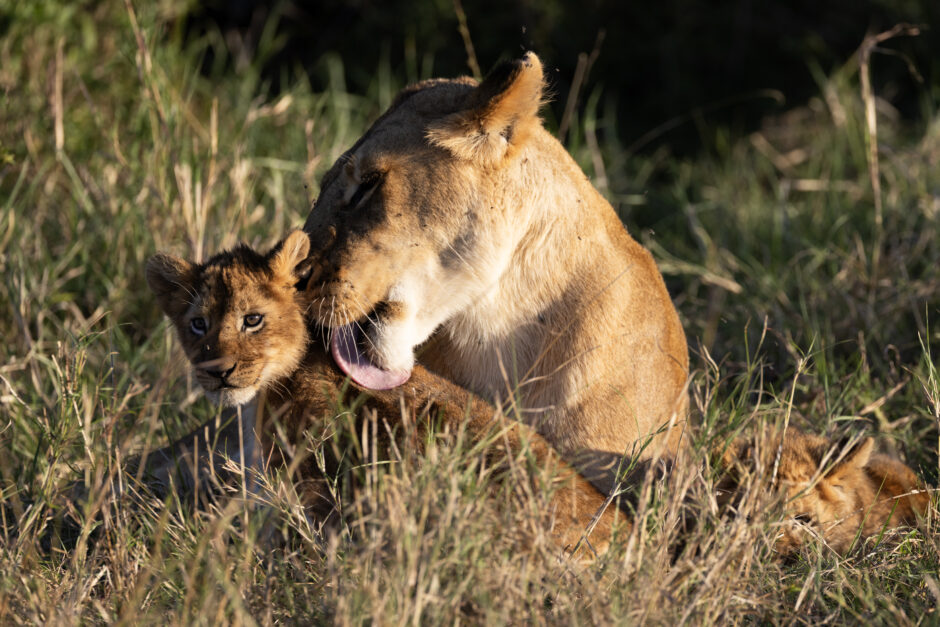
What’s in My Camera Bag – Tanzania Safari
Tanzania is the epitome of extraordinary safari photography. With wild vistas sweeping across the Serengeti and wildlife that excites at every turn—it’s the ultimate nature photography destination. If you’re headed to this iconic region of Africa on a wildlife photo safari, be sure to bring the right gear with you to get all the shots you’ve dreamt of.
Please note, photographic styles vary, as do conditions on the ground. While this is meant to be a guide for choosing your camera gear, you should consider your own photographic interests first and foremost.
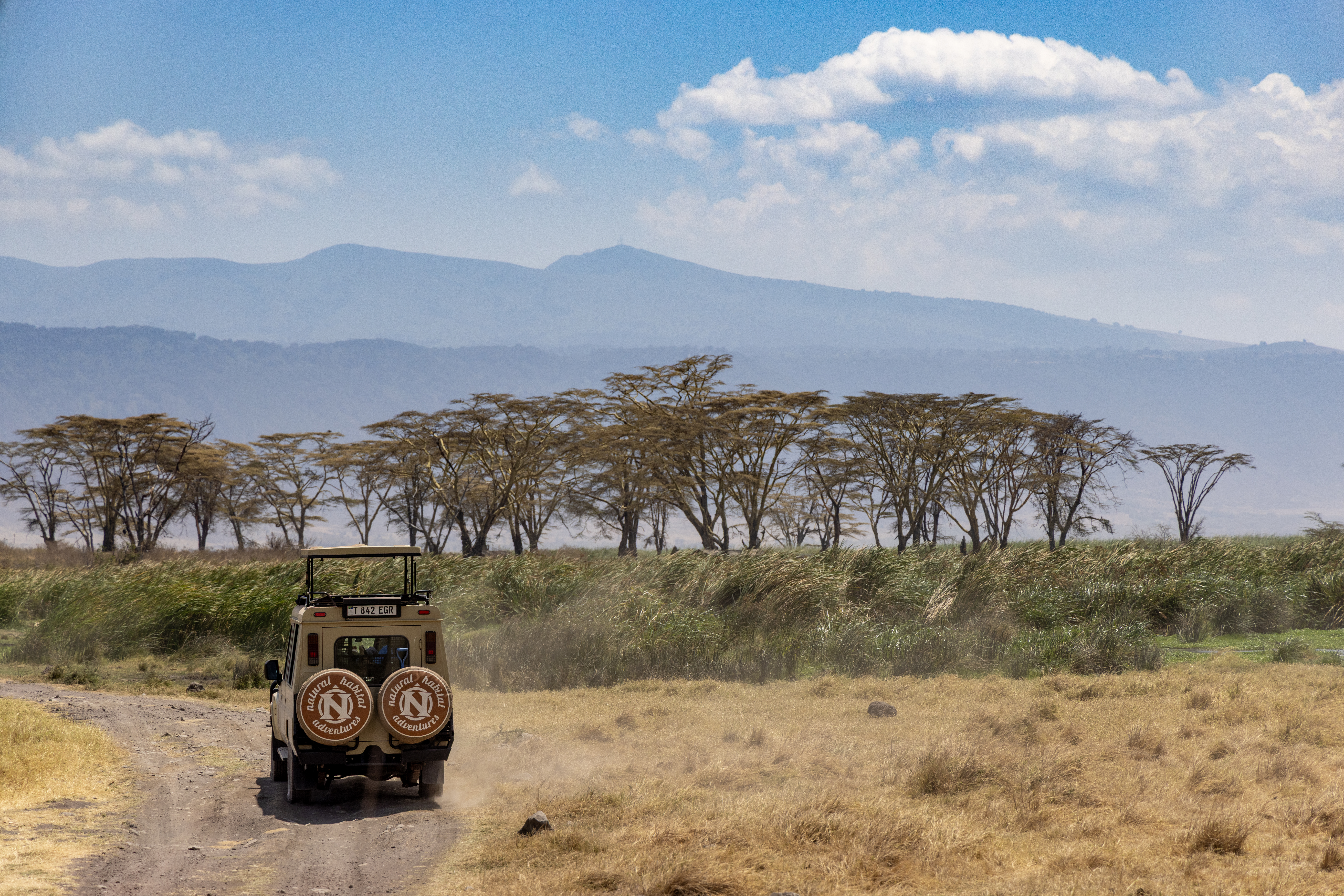
Choosing the Right Wide Angle
While it’s easy to focus solely on photographing wildlife, don’t overlook the grand scenes and cultural moments that make Tanzania unforgettable. Wide-angle lenses are your key to capturing the sense of place—those sweeping horizons and dynamic close-ups of safari life.
The question becomes: how wide should you go?
An ultra-wide like a 16–35mm (full-frame equivalent) is fantastic for dramatic skies, immersive vehicle shots, and the occasional creative camp photo. However, a versatile midrange zoom like a 24–105mm might actually be your MVP lens.
That 24mm width is plenty for most landscapes, while the extra reach (up to 105mm, or 70mm if you go for a 24-70mm) lets you frame tighter shots when wildlife wanders close. There’s nothing worse than having your 400mm lens ready for distant subjects, only for a lion to stroll within arm’s length and fill the frame completely. A midrange zoom saves you from missing those magical moments.
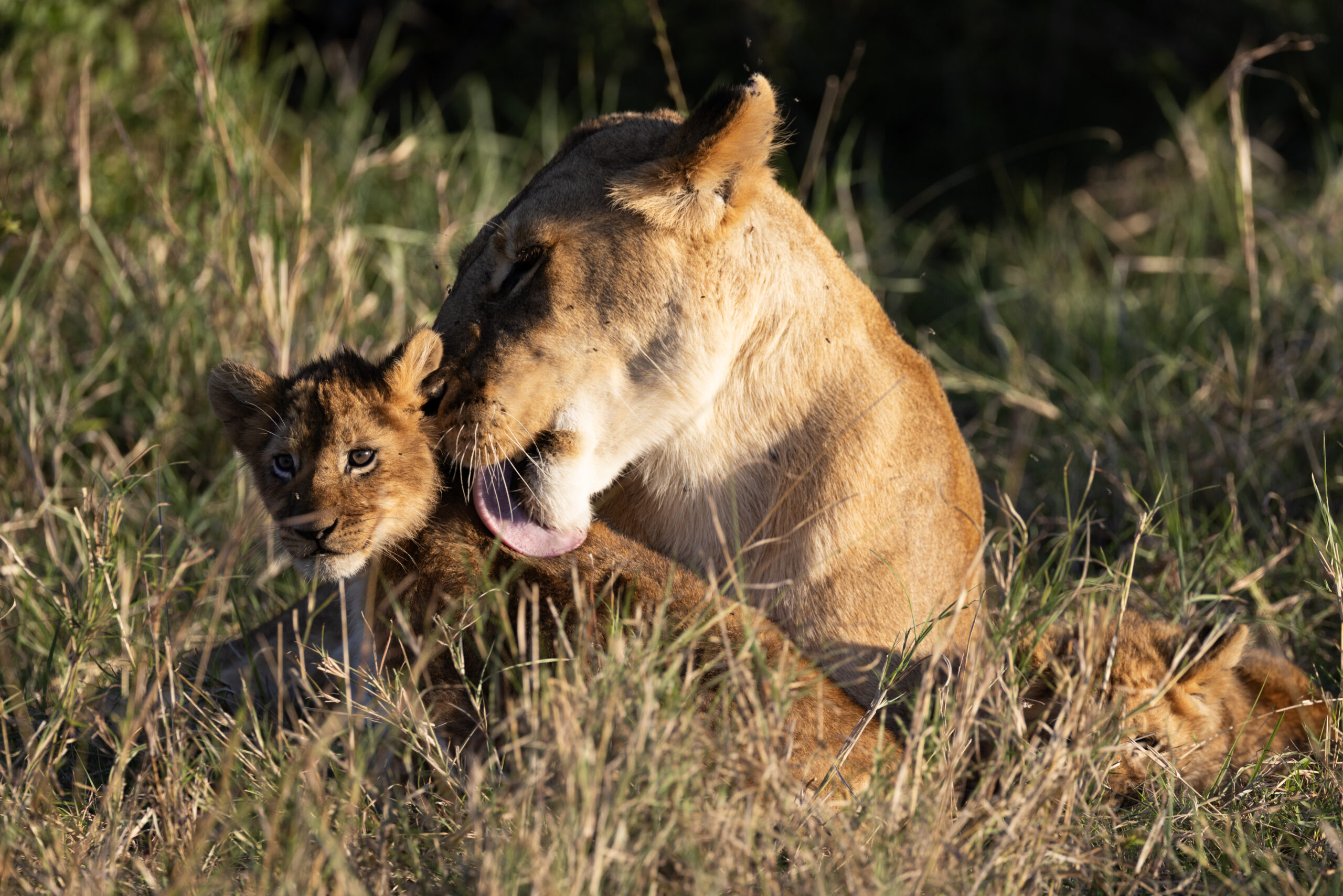
Your Telephoto Workhorse
If I could only bring one lens on safari, it’d be a solid zoom telephoto—something like a 70–300mm, 100–400mm, 200–500mm, or the newer 150-600mm class of telephotos (the reach is getting impressive on these!). I’d estimate 70% of my Tanzania shots come from this range alone.
Why? Because these lenses strike the perfect balance between flexibility and reach. You’ll be close enough to most wildlife that you can frame compelling compositions without needing a massive prime lens, and the zoom allows you to pull back and get shots of animals that are closer, OR, pull back and get shots of wildlife-in-landscapes—a favorite of mine!
When in doubt, remember: zooms help you tell the story of where the animal lives, not just what it looks like.
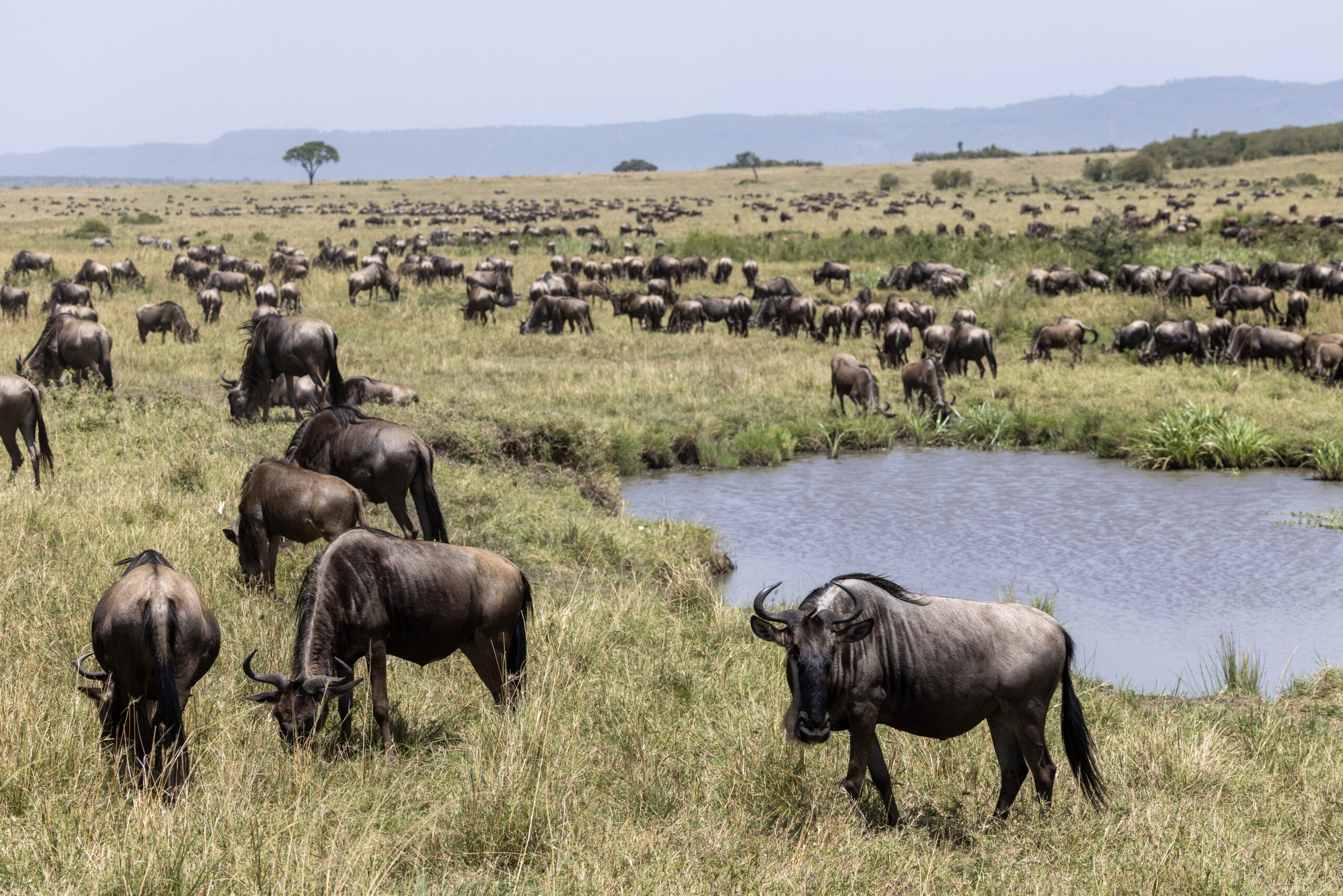
Considering a Super Telephoto
Then there’s the “super-telephoto” category (aka “big primes”) like the 300mm f/2.8, 400mm f/2.8, 500mm f/4, or 600mm f/4 primes. These are the gold standard for image quality, speed, and light-gathering ability. They also perform very well with teleconverters, allowing you to add a 1.4x or 2x extender with minimal degradation of quality, which means that they can give you unparalleled reach.
They’re also… large, heavy, and pricey. And while they produce absolutely stunning images, they’re not required to have a successful photo safari.
If you do bring one, plan your kit carefully. Prime lenses don’t zoom, so you’ll need something to cover the shorter focal lengths—like a 70–200mm—to fill the gap. Ideally, a 500mm (give or take 100mm) hits the sweet spot for Tanzania’s wildlife.
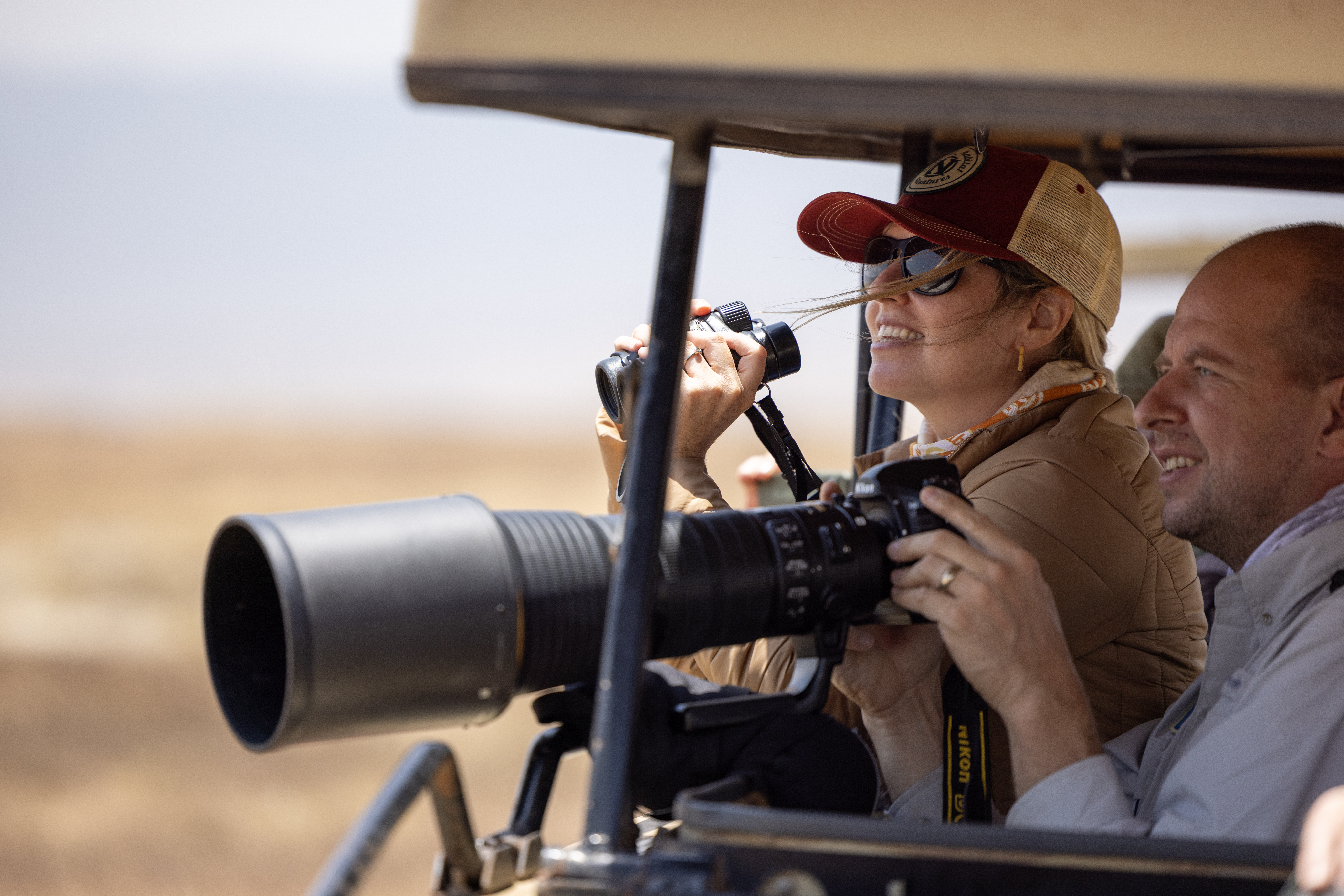
The “X-Factor” Lens
I like to call this your creative wildcard. It’s not essential, but it can deliver some of the most memorable shots of your trip.
Your X-factor lens might be:
- A macro for capturing textures, plants and insects during downtime at your safari camp.
- An ultra-wide for camp life or big-sky landscapes. (bonus if it’s fast, for night skies!)
- Or a fast prime like a 50mm f/1.4 for portraits and low-light storytelling.
Personally, I’m partial to an ultra-wide these days—it adds a new dimension to safari photography (I personally use a fixed 20mm f/1.4). Plus, I am enamored with the dark sky landscapes of Tanzania. Sure, you might only use it 5% of the time, but those images often stand out as your favorites when you get home.
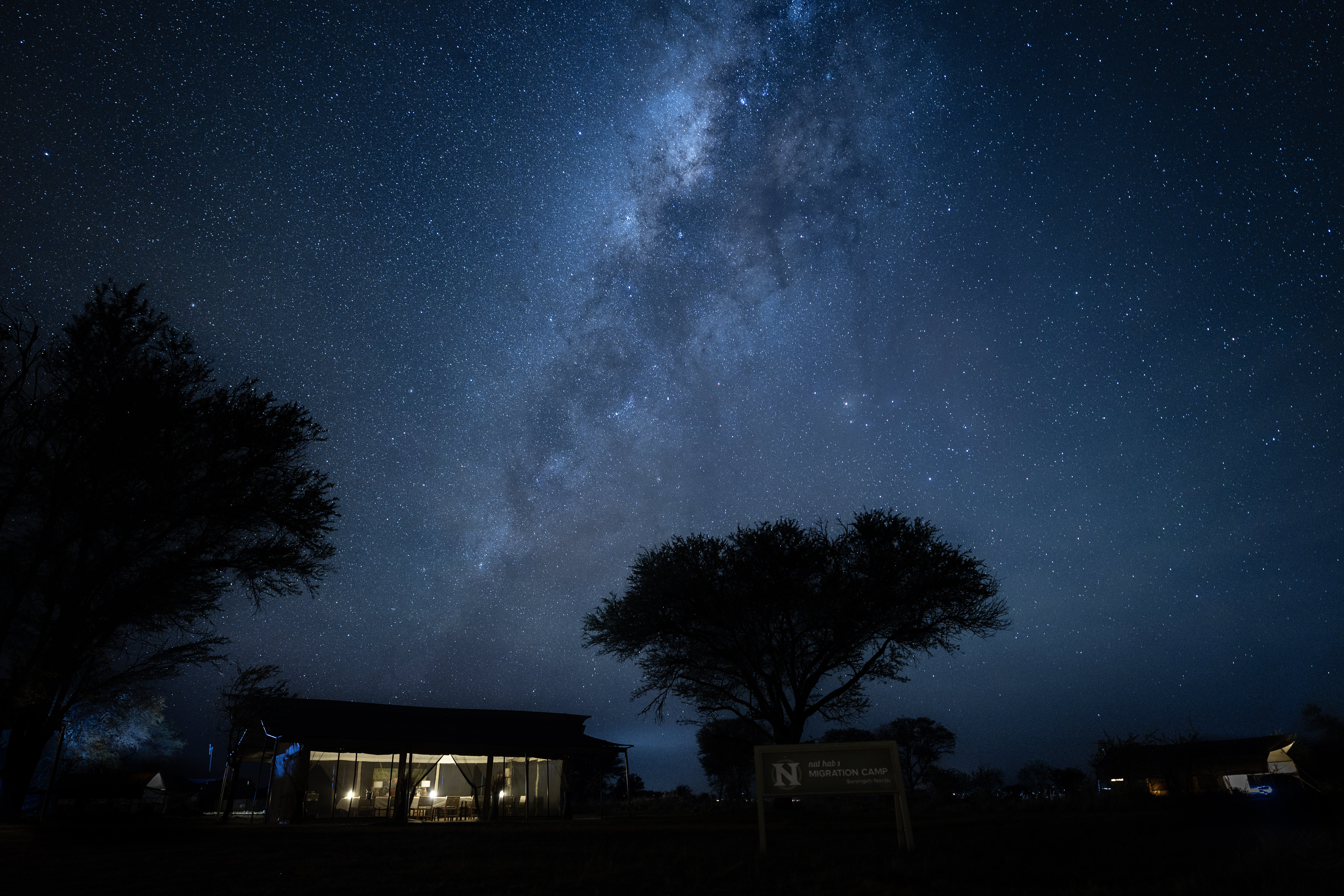
Flash: Leave It Behind
Unless you’re planning macro work, I’d recommend leaving the flash at home. It’s discouraged around wildlife and doesn’t offer much benefit in most safari scenarios. The natural light in Tanzania—especially golden hour—is far more flattering anyway.
Tripods and Camera Supports
This one comes up all the time, and I get it. Between big lenses, dusty roads, and unpredictable animal movement, stability sounds appealing.
But honestly? I’d go handheld 95% of the time even if I had a tripod next to me. You’ll be much more flexible, and you’ll get more shots. Animals move fast and unpredictably—by the time you reposition a tripod, the moment’s gone.
If your arms get tired, rest your lens on the seat or handrail. Less gear often equals more opportunities.
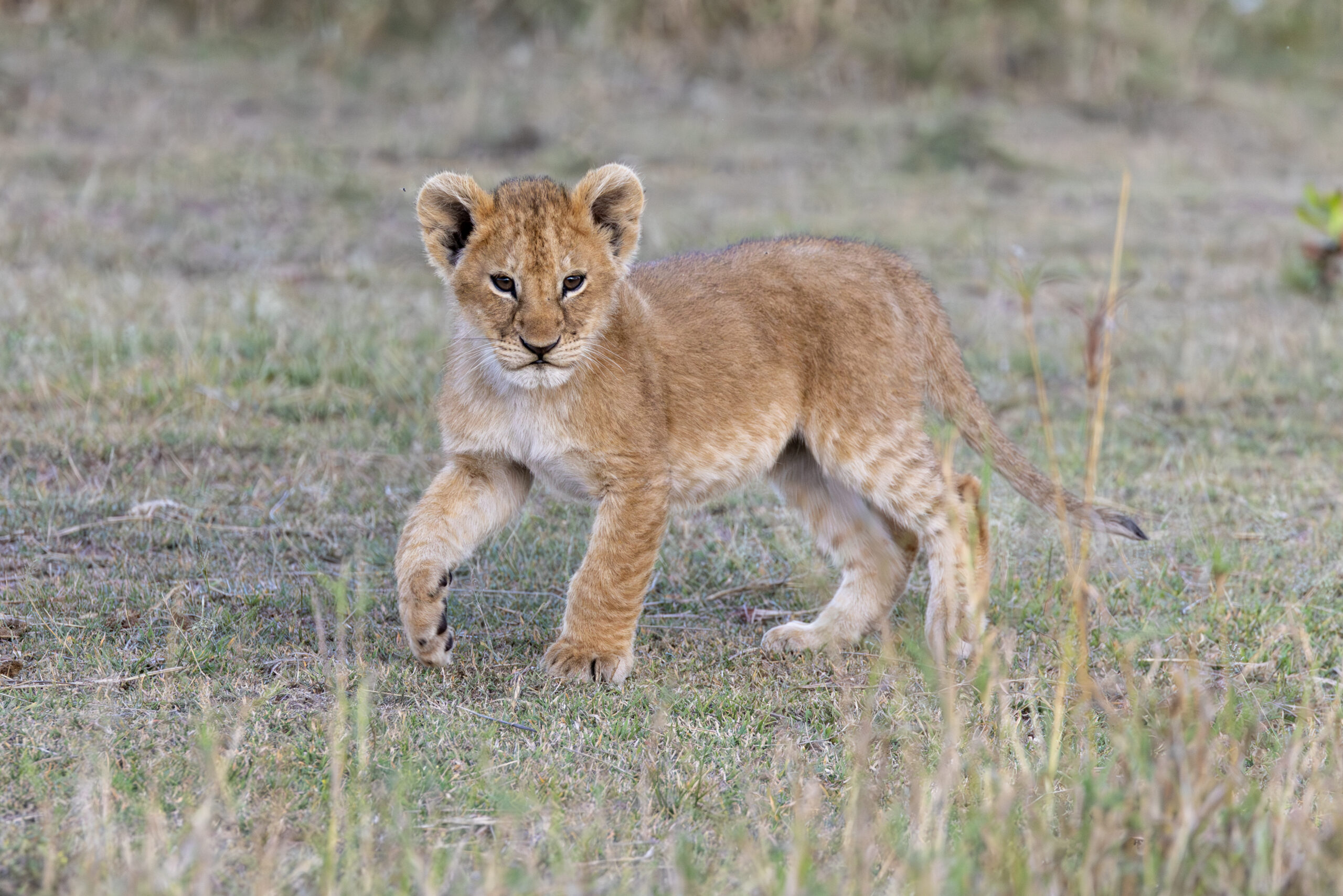
Don’t Forget the Extras
- Protective bag: Make sure it’s easy to access, padded, and dust resistant. A simple dry bag or cloth cover helps when the wind picks up.
- Memory cards: Bring more than you think you’ll need. Expect to shoot 500–1,000 photos a day (potentially lots more if you’re trigger-happy in burst mode, shooting 10 frames+ a second).
- Filters: Optional. Graduated ND filters are nice for balancing bright skies and dark landscapes, but software makes this easy to handle in post. Bring one if you already have it, but don’t rush to buy new filters just for safari.
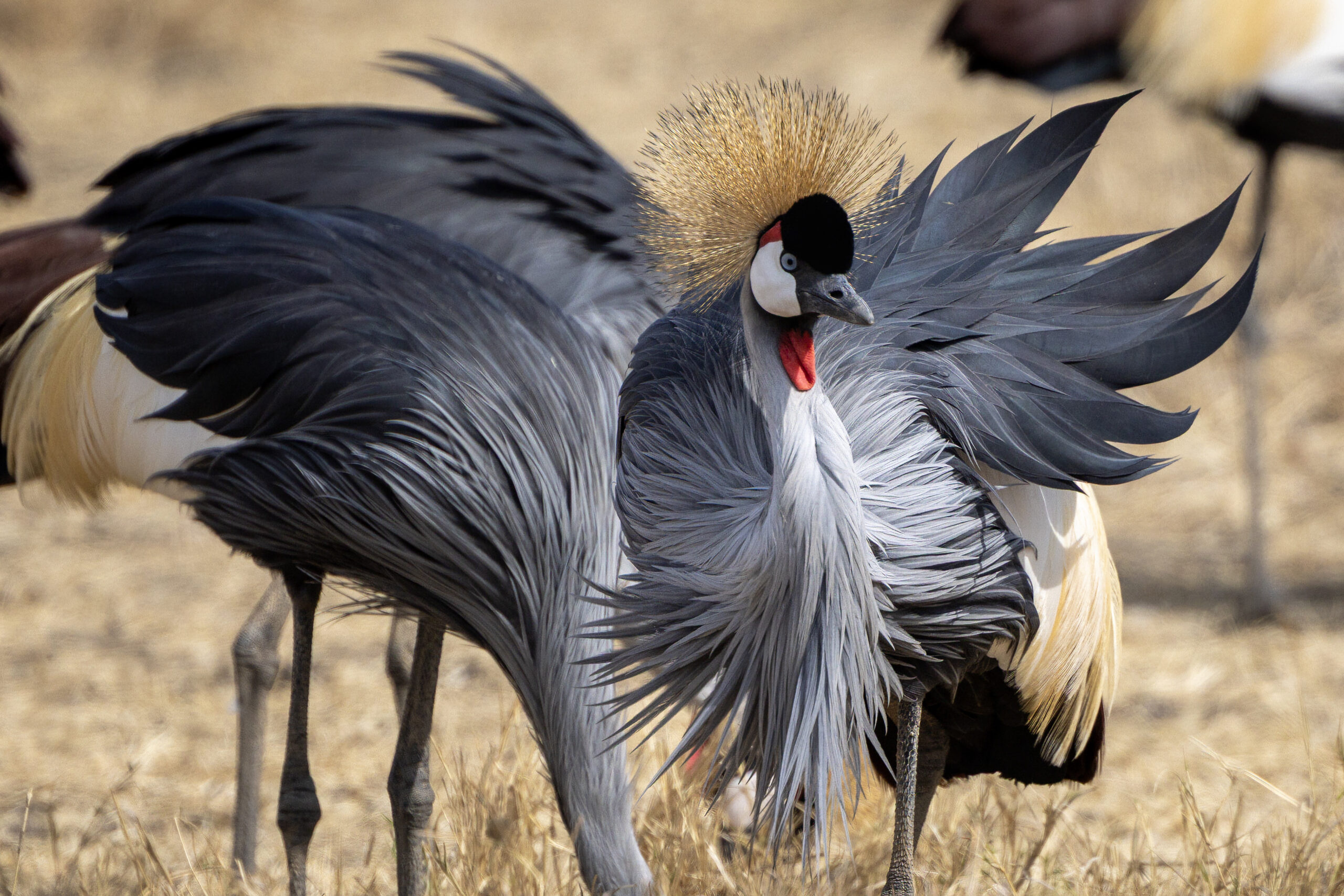
Final Thoughts
A Tanzania photo safari will no doubt present you with just about every photo opportunity you could imagine in the world of nature photography. It will also inspire your creativity, and fill your memory cards fast. With the right mix of lenses and a versatile, flexible approach, you’ll be ready to capture it all.
Go forth, have fun, and let the wild landscapes of Tanzania do what they do best—take your breath away.

Court
Leave a reply